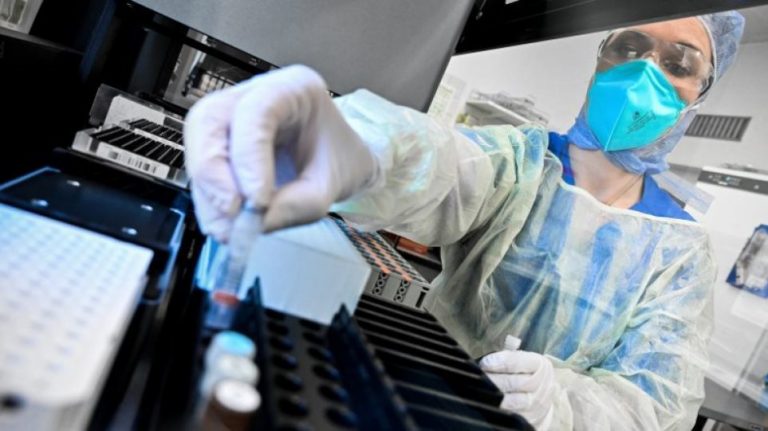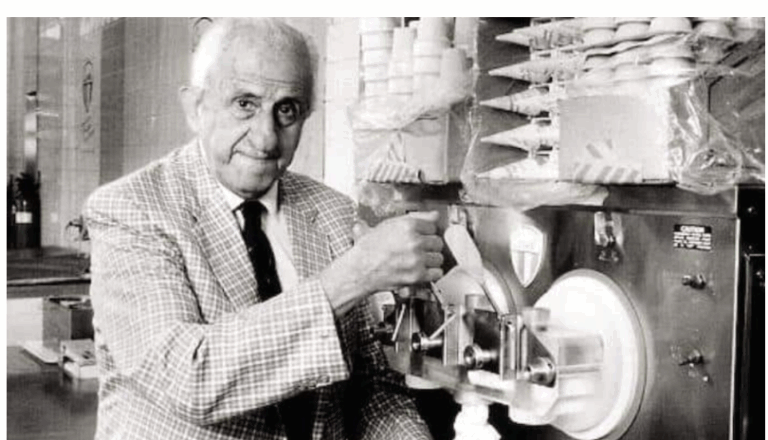Researchers in Uppsala, Sweden accidentally left a chemistry experiment running over a long weekend. When they returned to the lab, they discovered that their reaction chamber that was previously filled with high-pressure CO 2 , magnesium oxide, and methanol contained a mysterious gel. The chemists had been trying to make magnesium carbonate (MgCO 3 ), which is a white powder. It turned out that the gel was caused by trapped methane bubbles, and when they boiled it off, the gel disintegrated into the white powder they were seeking. They named it Upsalite.
But the resulting product was even better than they had hoped for. Here’s Andrew Bissette, writing for Ars Technica:
Upsalite has impressive properties as a desiccant, absorbing water better than the much more expensive materials that are currently used (called zeolites). Most of the absorbed water is retained when Upsalite is transferred from a humid to a very dry environment. The dry form can be regenerated by heating to 95 °C. By contrast, most zeolites need to be heated to over 150 °C in order to dry them. Not only is Upsalite easy to make and reuse, but it is also not toxic to humans, which makes it suitable for use in humidity control indoors.
Will Greek yogurt be the next great “Superfood”?
Upsalite’s unique properties result from its porous structure. Unlike crystalline forms of MgCO 3 , Upsalite has an impressive internal surface area that’s ideal for absorbing and holding water.
Upsalite isn’t the only material that’s been discovered after an “accident” in the lab. Another is Gorilla Glass, which covers the faces of most smartphones. It was first produced in 1952 after a furnace in a Corning lab overshot its intended temperature by 300˚ C . Because of a broken temperature gauge, we now have scratch-resistant cell phone displays.
Source: pbs
Ask me anything
Explore related questions





